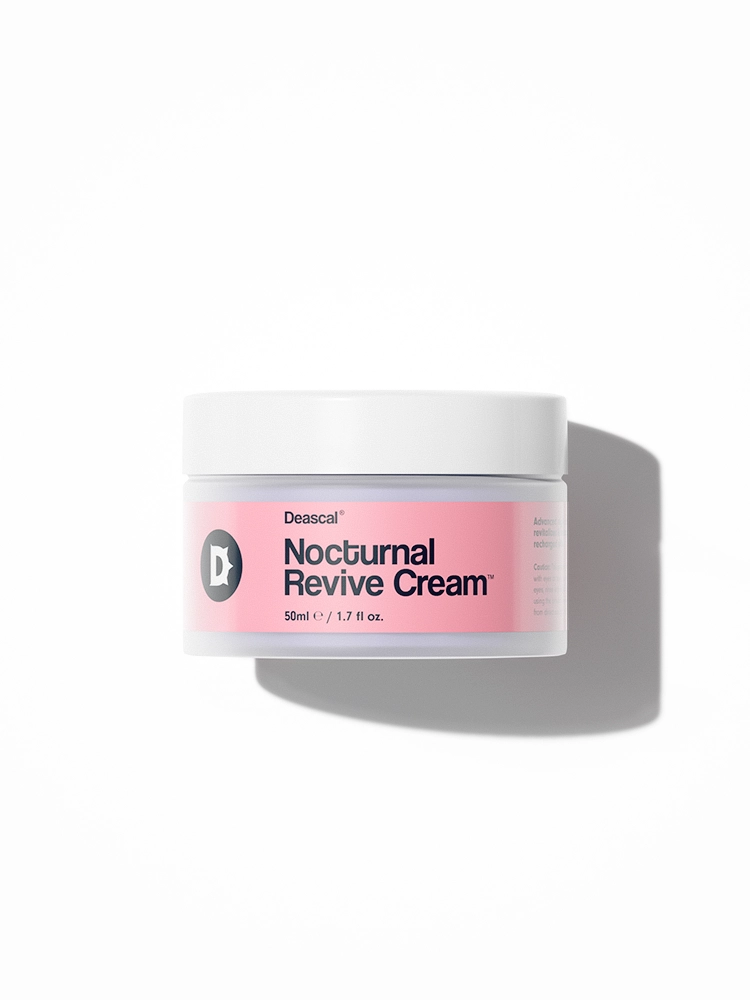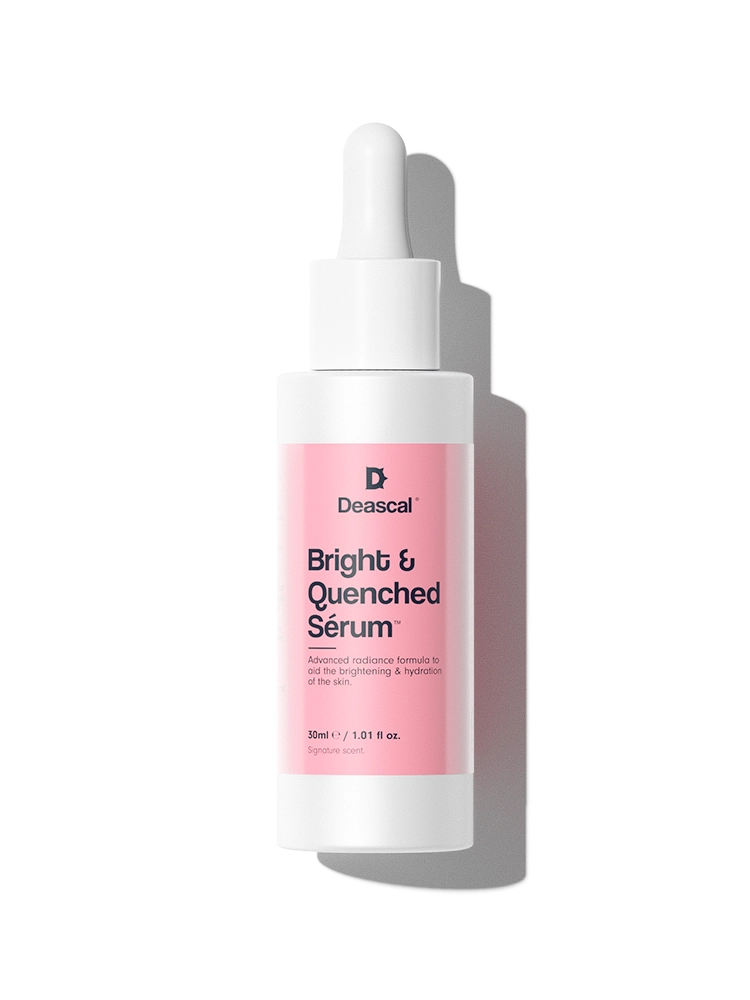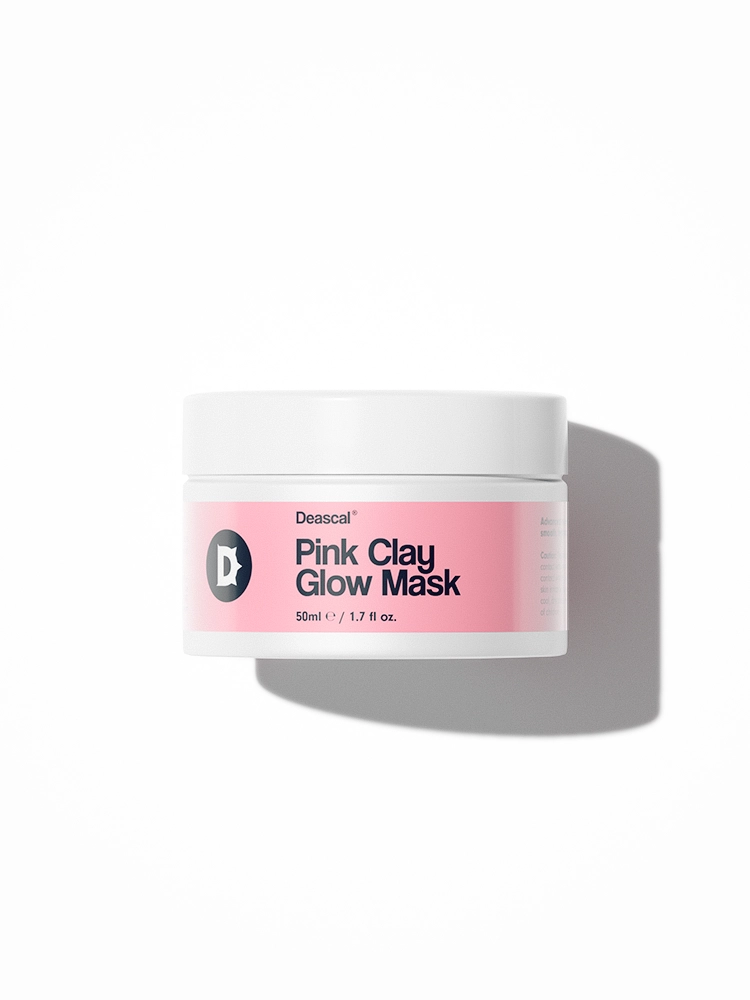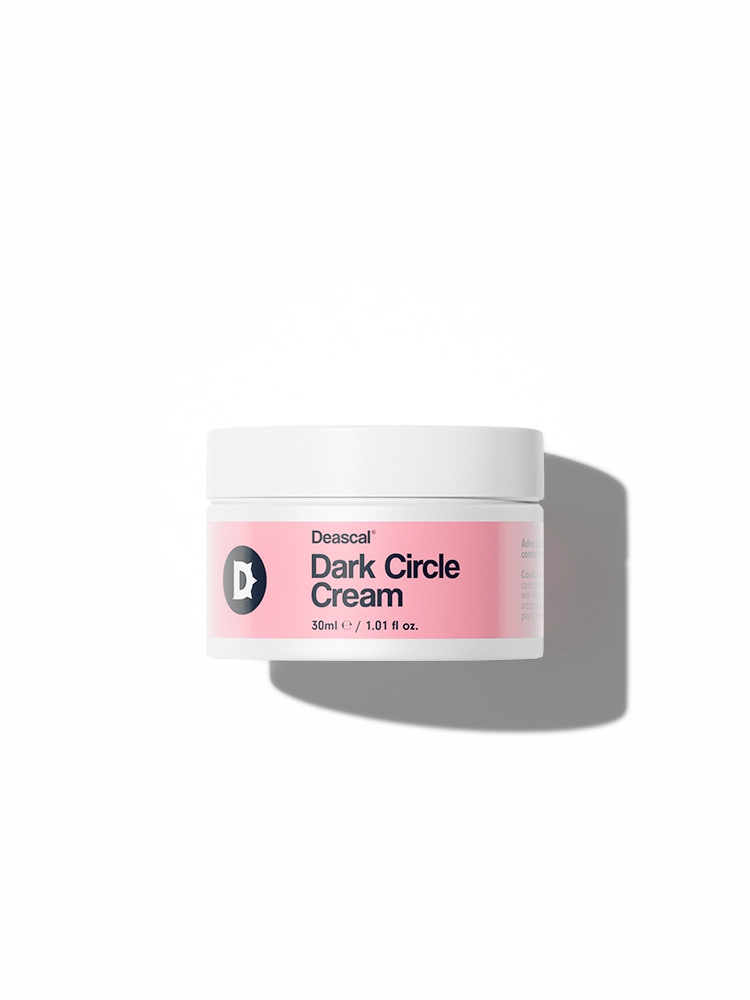What is Rosmarinyl Glucoside?
Rosmarinyl Glucoside is a fascinating ingredient in the world of cosmetics, known for its antioxidant and skin conditioning properties. It is derived from the reaction of Rosmarinic Acid, a compound found in rosemary and other plants, with glucose. This combination results in a potent ingredient that helps protect the skin from oxidative stress and provides conditioning benefits.
Rosmarinyl Glucoside is sometimes referred to by other names, such as Rosmarinic Acid Glucoside or simply Rosmarinic Glucoside. Its chemical composition includes the glucoside form of Rosmarinic Acid, which enhances its stability and efficacy when used in skincare formulations.
The history of Rosmarinyl Glucoside in cosmetics is relatively recent, as researchers have continually sought out natural compounds with beneficial properties for the skin. Rosmarinic Acid itself has been known for its antioxidant properties for quite some time, but it was the combination with glucose that unlocked its full potential for use in cosmetic products. This innovation has allowed formulators to incorporate a more stable and effective antioxidant into their products, providing consumers with enhanced skincare benefits.
The production of Rosmarinyl Glucoside involves a biochemical reaction where Rosmarinic Acid is enzymatically or chemically bonded with glucose. This process not only improves the stability of Rosmarinic Acid but also makes it more soluble in water, which is a desirable trait for many cosmetic formulations. The result is a versatile ingredient that can be easily incorporated into various skincare products, from serums to creams, offering both protective and conditioning effects for the skin.
The Benefits/Uses of Rosmarinyl Glucoside
In this section, we will delve into the officially recognized cosmetic benefits and uses of Rosmarinyl Glucoside:
Antioxidant
Rosmarinyl Glucoside is celebrated for its antioxidant properties. In simple terms, this means it helps to neutralize free radicals—those pesky molecules that can cause damage to your skin cells. By combating oxidative stress, Rosmarinyl Glucoside helps to maintain the skin’s youthful appearance and can potentially slow down the visible signs of aging. So, if you’re looking for a way to keep your skin looking fresh and vibrant, products containing this ingredient might be worth considering.
Skin Conditioning
Another key benefit of Rosmarinyl Glucoside is its skin conditioning capability. This means it helps to improve the overall feel and appearance of your skin. It works by enhancing the skin’s texture, making it softer and smoother to the touch. Additionally, it can help to maintain the skin’s moisture balance, ensuring that your skin stays hydrated and healthy-looking. If you struggle with dry or rough skin, incorporating products with Rosmarinyl Glucoside could provide some much-needed relief.
Note: The listed benefits above are exclusively based on the officially recognized and defined functions of the ingredient, as documented by the International Nomenclature of Cosmetic Ingredients (INCI).
Potential Side Effects & Other Considerations
Rosmarinyl Glucoside is generally considered safe for topical application in cosmetic products. However, as with any ingredient, there are potential side effects and considerations to keep in mind.
- Skin irritation
- Allergic reactions
- Redness
- Itching
Regarding individuals who are pregnant or breastfeeding, data and research on the topical usage of Rosmarinyl Glucoside during pregnancy and breastfeeding are lacking. Therefore, it is advisable for these individuals to consult a healthcare professional for further advice.
Adverse reactions to Rosmarinyl Glucoside are relatively uncommon, but it is always a good practice to perform a patch test before widespread use to ensure personal tolerance.
Rosmarinyl Glucoside has a comedogenic rating of 1, meaning it is very unlikely to clog pores. This makes it a suitable ingredient for individuals prone to acne, blemishes, or breakouts.




